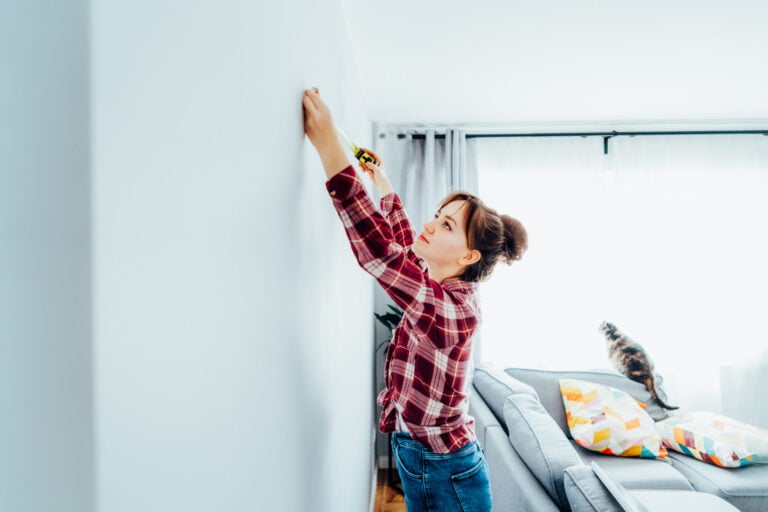The Evolution of Custom Home Design: Crafting Residences That Reflect Modern Values
Introduction
Custom homes have always been a symbol of personal expression, but in recent years, they have evolved into more than just architectural statements. They represent a convergence of identity, innovation, and intent—a physical reflection of the values, habits, and aspirations of the people who inhabit them. As architectural thinking continues to push boundaries, the role of custom residential design has expanded to embrace not only aesthetics, but sustainability, wellness, and the human experience at large.
The modern custom home is no longer just a tailored structure. It is a collaborative project between architect, builder, and homeowner, shaped by new technologies, cultural shifts, and the pressing need for environmental responsibility.
Shifting Priorities in Residential Architecture
The priorities of homeowners have changed dramatically in the past decade. Where once the focus was square footage and grandeur, today’s clients are more likely to ask for natural light optimization, flexible interiors, and long-term efficiency.
Sustainability is no longer an afterthought. The growing emphasis on energy performance, material lifecycle, and low-impact construction has redefined the metrics of value in residential design. Meanwhile, the rise of remote work and hybrid schedules has prompted a reevaluation of spatial needs. Home offices are now essential, not optional. Outdoor living areas are expected to function as extensions of interior life, offering both retreat and productivity.
Minimalism has also gained traction—not just as a style, but as a philosophy. Homeowners are choosing quality over quantity, prioritizing fewer but more intentional rooms, each serving multiple purposes and designed for longevity.
The Role of Architects in Custom Residential Design
At the heart of custom home creation is the architect’s ability to translate abstract ideas into tangible, livable environments. Site-specific design—grounded in an understanding of local climate, terrain, and zoning—is fundamental to delivering homes that feel both grounded and unique.
Architects are not just visual thinkers; they are collaborators. Their work intersects with that of engineers, contractors, landscape designers, and city planners. This collaboration is especially critical in custom builds, where pre-drawn plans are replaced with bespoke blueprints shaped by the client’s lifestyle, habits, and long-term goals.
Design-Build Synergy: When Architecture and Construction Align
One of the most effective delivery models for custom home projects is the design-build approach, which integrates architectural design and construction services under one roof. This model fosters streamlined communication, faster timelines, and a cohesive vision from concept through completion.
In this integrated workflow, potential conflicts between the design intent and construction realities are addressed early, reducing costly changes down the line. Builders work alongside architects during the design phase, contributing technical insight that enhances feasibility without compromising the artistic or functional vision.
Sustainable Materials and Methods in Custom Builds
Sustainable practices in custom residential construction are no longer niche—they’re expected. Many clients now request reclaimed materials such as barnwood or salvaged brick for aesthetic and environmental reasons. Others prioritize the use of low-VOC finishes, non-toxic insulation, and energy-efficient HVAC systems.
Green roofs, solar panels, and rainwater harvesting systems are becoming more common in climates that support them. Locally sourced materials reduce transportation emissions and support regional economies, aligning with a growing interest in community-conscious design.
Passive design strategies are also experiencing a renaissance. Techniques like strategic window placement for cross-ventilation, thermal mass walls, and optimized solar orientation are helping to reduce dependence on mechanical systems and enhance indoor comfort.
Personalization vs. Performance: Finding the Right Balance
Customization is about more than style—it’s about function. Increasingly, homeowners request features like yoga studios, meditation alcoves, soundproof music rooms, and outdoor kitchens. Yet each customization must be balanced against considerations like local building codes, climate compatibility, and long-term adaptability.
A well-designed custom home anticipates change. Whether accommodating a growing family, a shift to remote work, or aging in place, the best custom designs incorporate flexible layouts and future-proof features such as accessible entries, convertible spaces, and scalable utility systems.
One reason people search for custom home builders rather than pre-designed options is the desire to co-create spaces tailored not just to style, but to a lifestyle that reflects long-term values and habits.
Navigating Budget Realities Without Compromising Vision
Budgeting is one of the most sensitive aspects of custom home construction. While clients often enter the process with an idealized vision, part of the architect’s role is to guide them toward decisions that deliver the most impact within their financial scope.
Early cost estimating and clear communication are key. It’s also essential to educate clients on value engineering—strategic choices that reduce cost without diluting design. This might involve selecting materials that offer durability at a lower price point, or adjusting structural elements for easier construction without aesthetic loss.
Clients increasingly appreciate transparency and creative solutions that help preserve their vision while staying within realistic limits.
Conclusion
Custom home design continues to evolve as a reflection of societal values, technological progress, and personal identity. Today’s bespoke residences are not only tailored in shape and size, but also in function, material choice, and environmental footprint. For architects and builders, this represents an exciting challenge: to design homes that aren’t just beautiful, but thoughtful—residences that will serve their inhabitants for decades, adapt to changing lives, and remain relevant in a rapidly shifting world.
Let me know if you’d like this piece formatted for handoff or if you’re ready to start the next one.




